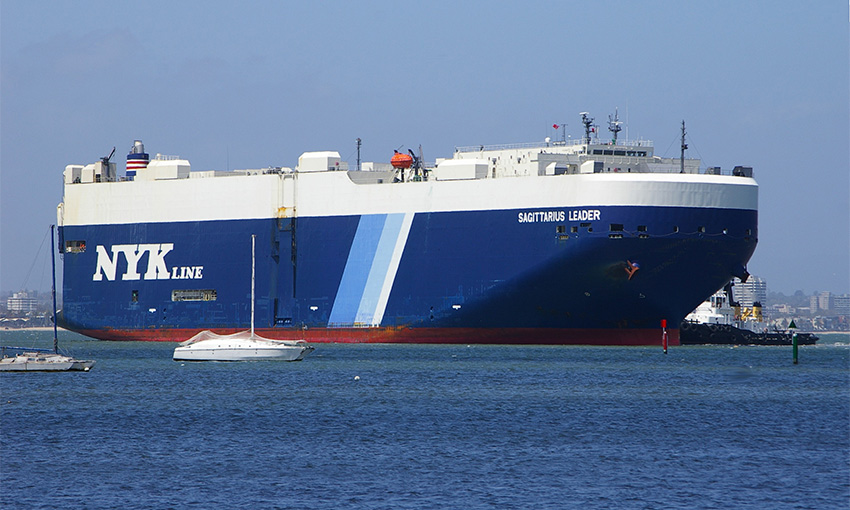JAPAN’S NYK has found a way to recycle and re-purpose one of the indispensable tools of international vehicle shipping.
Last month NYK Line, NYK Trading Corporation, Azbil Yamatake Friendly Co., Ltd and Kayama Kogyo Co., Ltd. began recycling well-worn vehicle lashing belts that had passed their expiration dates for use on NYK-operated car carriers.
Azbil Yamatake Friendly will collect and separate the lashing belts into metal parts and belts. From those plastic belts Kayama Kogyo will then produce RPF fuel (refuse-derived paper and plastics densified fuel, which is a high-grade solid recovery fuel primarily composed of waste paper and waste plastics from mostly industrial waste for which material recycling is quite difficult. RPF is in use by many industries including major paper companies, and lime companies as an alternative to fossil fuels such as coal and coke).
Approximately 200,000 lashing belts are disposed of annually in the entire NYK-operated car carrier fleet. If all those belts are recycled, they can be converted into approximately 20 tonnes of RPF fuel, NYK says.
When recycling started on 6 April, about 27,000 used lashing belts were collected from the car carrier Sagittarius Leader at the port of Nagoya.
Previously, lashing belts that had passed their useful life based on NYK’s own safety standards were disposed of as industrial waste or sold as used products. From now on, specified discarded lashing belts will be recycled into RPF fuel and reused as an energy resource. Kayama Kogyo will contribute to further GHG emission reductions by using renewable energy sources for all electricity used in fuel production.
“In addition to consideration for the natural environment, this initiative incorporates a process that welcomes diverse human resources,” NYK said. “Employees with intellectual disabilities separate the metal and belts at Azbil Yamatake Friendly, and foreign technical interns are involved in RPF fuel production at Kayama Kogyo.
“To create a place where everyone can work with peace of mind, we have developed specialized cutting machines, promoted smooth communication through Japanese language education, and expanded prior training on work content.”





